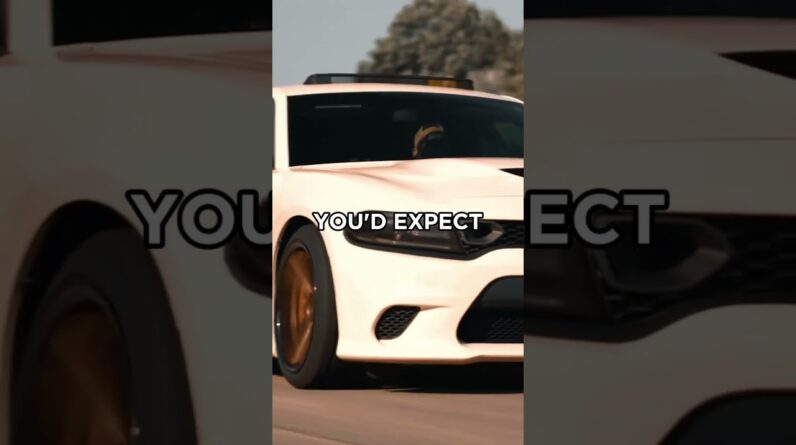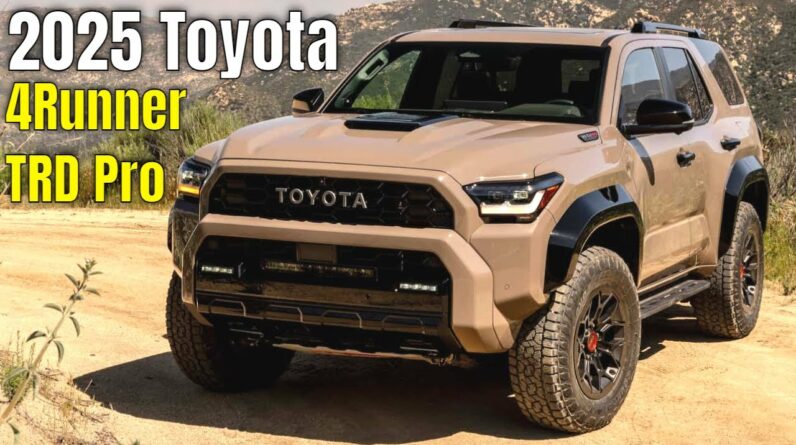Tesla has been pushing the boundaries of automotive safety, and the results are evident in their vehicles’ impressive safety records. This video will discuss the passive safety features in Tesla vehicles and how they protect occupants during accidents. Passive safety refers to the measures designed to minimize injury in the event of a crash. Tesla’s two primary rules are to protect the occupant and the battery. Here’s a closer look at how Tesla achieves these goals.
At the heart of Tesla’s safety design is the progressive crash structure. This structure consists of several layers that work together to absorb and distribute energy during an impact. The layers include the bumper beam, crush can, and the new front underbody casting, which was recently unveiled in Austin.
These layers are designed to crush progressively during a collision, with the ribs at the beginning of the casting being thinner than those at the back. This controlled crushing allows the vehicle to absorb the impact energy before it reaches the cabin, keeping occupants safe.
Tesla’s safety design also incorporates multiple load paths, which help to distribute impact forces across different areas of the vehicle. The vertical load paths ensure compatibility with other vehicles on the road, while the lateral load paths protect occupants in the event of an off-center impact, such as hitting a tree or a pole.
These load paths work together to absorb energy and push the car away from the object it has collided with, preventing further intrusion into the cabin.
Tesla’s vehicles employ several methods to protect the cabin during an accident. The door rings, glass, and battery all contribute to the vehicle’s structural integrity, ensuring that the cabin remains intact even during high-energy impacts.
In addition to these features, Tesla’s low center of gravity and advanced suspension system make the vehicles less prone to rollover accidents.
Tesla’s commitment to safety is reflected in its vehicles’ outstanding crash test results. For example, the Model Y achieved a five-star rating in a crash test conducted by the National Highway Traffic Safety Administration. In this test, the energy-absorbing structures in the front of the vehicle worked effectively, stopping the impact before it could reach the cabin. This level of protection allowed the doors to remain functional, enabling occupants to exit the vehicle safely.
Tesla’s innovative approach to vehicle safety has resulted in some of the safest cars on the market. By incorporating a progressive crash structure, multiple load paths, and a focus on cabin protection, Tesla vehicles are designed to keep occupants and the battery safe during an accident. The impressive crash test results and real-world performance of Tesla’s vehicles are a testament to the company’s commitment to safety.
#tesla
Get More Great Car Videos – Subscribe: https://goo.gl/BSIaFc







